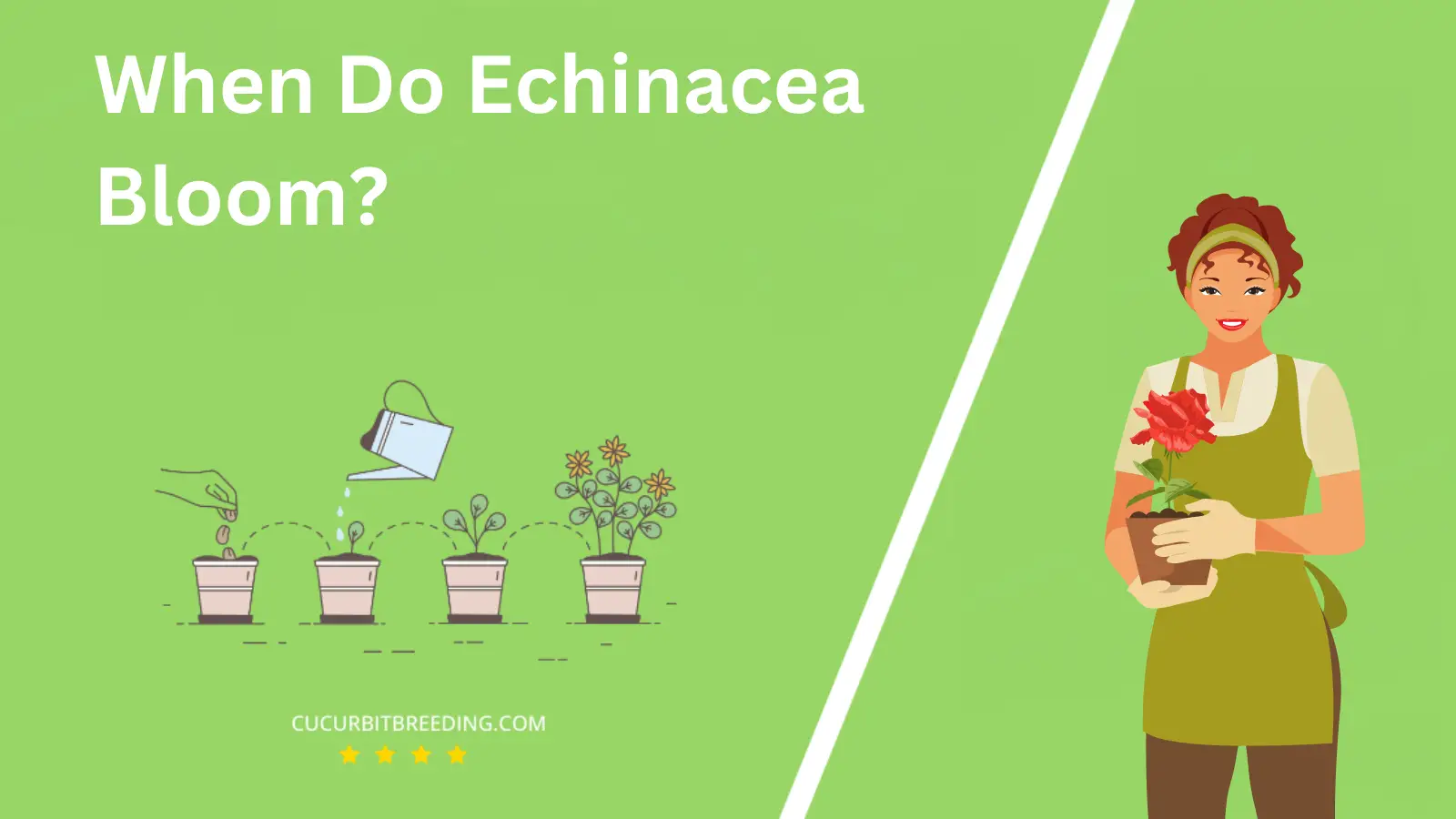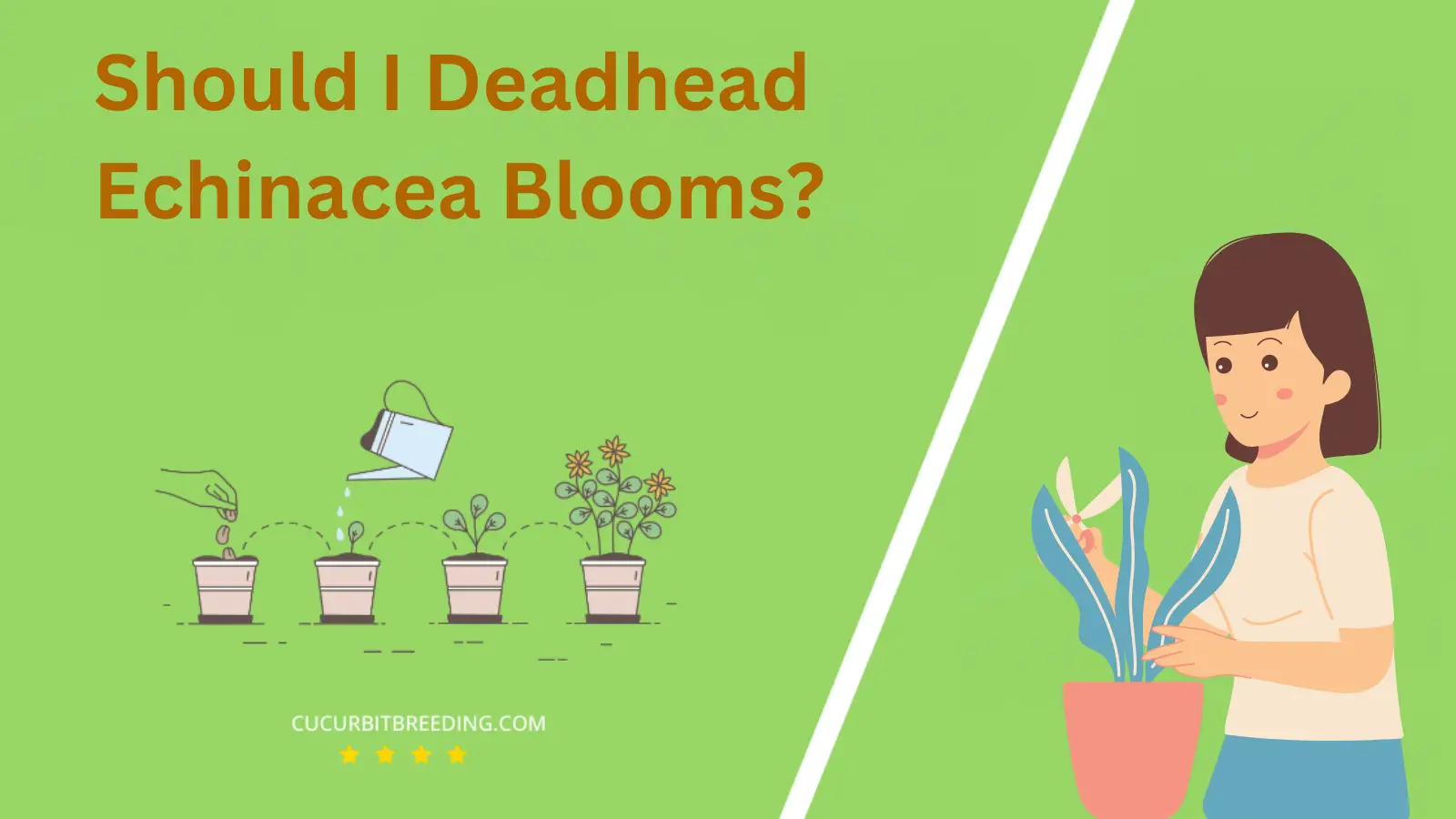
Many gardeners find themselves asking, “When do Echinacea bloom?” This perennial plant often sits at the heart of a vibrant garden, renowned for its beautiful flowers and medicinal properties. But understanding its blooming cycle is key to maintaining its health and vitality.
Join us as we delve into this gardening mystery, uncovering the secrets of the Echinacea’s blooming period and how to best nurture it during this crucial time.
When Do Echinacea Bloom?
Echinacea, also known as coneflowers, typically bloom from midsummer to early fall, depending on the variety and local climate conditions. The blooming period usually lasts for several weeks, providing a long-lasting display of vibrant colors in the garden.
| Stage | Description |
|---|---|
| Germination | Spring (March to May) |
| Growth | Summer (June-August) |
| Blooming | Summer (June to August) |
| Dormancy | (Dormancy Period: December-February) |
How Long Do Echinacea Bloom?
Echinacea, commonly known as coneflower, typically blooms from midsummer to fall, providing up to two to three months of vibrant color. The exact duration of blooming may depend on local climatic conditions and the specific species of echinacea. Echinacea plants are perennials, so they return and bloom year after year.
How Light Affects Echinacea Blooms?
Light has a significant effect on the blooming of Echinacea plants. Echinacea is a full-sun plant that thrives in six to eight hours of direct sunlight per day. Exposure to adequate light encourages the plant’s growth, enhances its vibrant colors, and promotes bud formation leading to blooming.
A lack of sufficient light, on the other hand, can limit the plant’s growth and thereby reduce its blooming. Under low light conditions, Echinacea plants may produce fewer and smaller blooms. They might also be more susceptible to diseases due to weakened growth.
Thus, to promote optimal Echinacea blooming, it’s crucial to ensure they are positioned where they can receive plentiful sunlight. On overcast or shorter days, supplemental light might be necessary.
Will Echinacea Bloom the First Year You Plant Them?
Echinacea, also known as coneflowers, typically do not bloom in their first year of planting from seed. This is because Echinacea plants invest their energy in establishing a strong root system before focusing on blossoming. However, if you plant a mature Echinacea, you may see blooms in the first year. In general, Echinacea plants usually start blooming in their second year and continue to do so each year thereafter.
Will Echinacea Bloom Every Year?
Yes, Echinacea, also known as the purple coneflower, is a perennial plant, meaning it will bloom each year. After it is established, it will continue to produce flowers each growing season without the need for replanting. However, proper care, such as ensuring adequate sunlight and suitable soil conditions, is necessary to ensure its healthy growth and blooming each year.

Should I Deadhead Echinacea Blooms?
Yes, you should deadhead Echinacea blooms. Deadheading, or the process of removing faded or dead flowers, helps to encourage a second blooming period. It can also prevent the plant from self-seeding all over your garden, keeping it looking tidy. However, if you want to attract birds in the winter or wish to propagate more Echinacea plants, you can leave some seed heads on the plant.
Top Reasons Mature Echinacea May Stop Flowering

The top reasons mature Echinacea may stop flowering are primarily due to environmental factors and disease. Insufficient sunlight is a common cause as Echinacea plants need full sun to bloom. They require at least six hours of direct sunlight per day.
Another reason could be improper watering. Echinacea plants prefer well-drained soil and do not fare well with waterlogging. Overwatering or underwatering can stress the plant and hinder its blooming process.
Poor soil nutrition can also affect flowering. Echinacea plants thrive in rich, loamy soil. If the soil is lacking in essential nutrients, it can stifle the plant’s growth and flowering.
Finally, diseases and pests can also result in non-flowering. Fungal diseases, aphids, and powdery mildew can harm the plant’s health and prevent it from flowering.